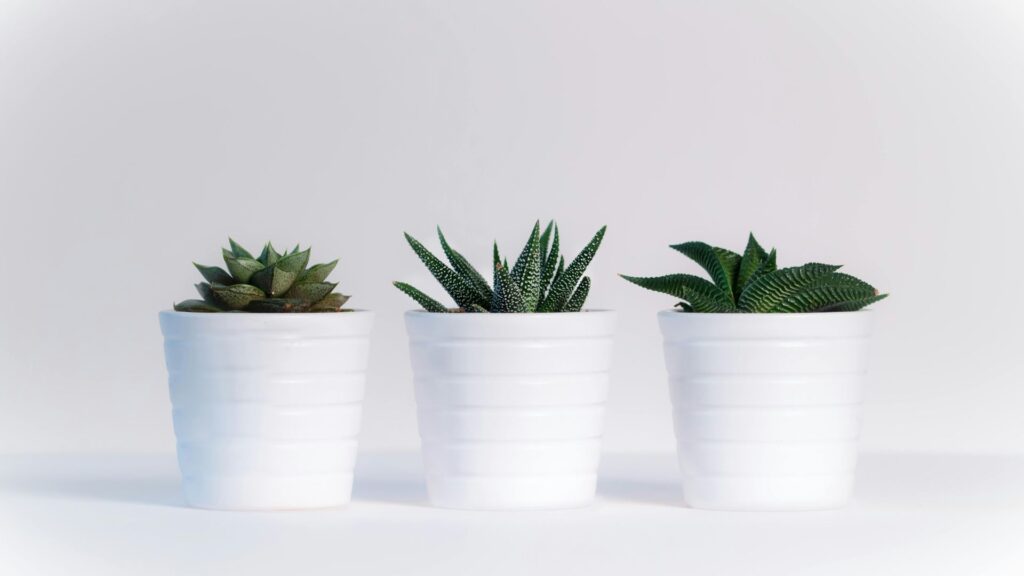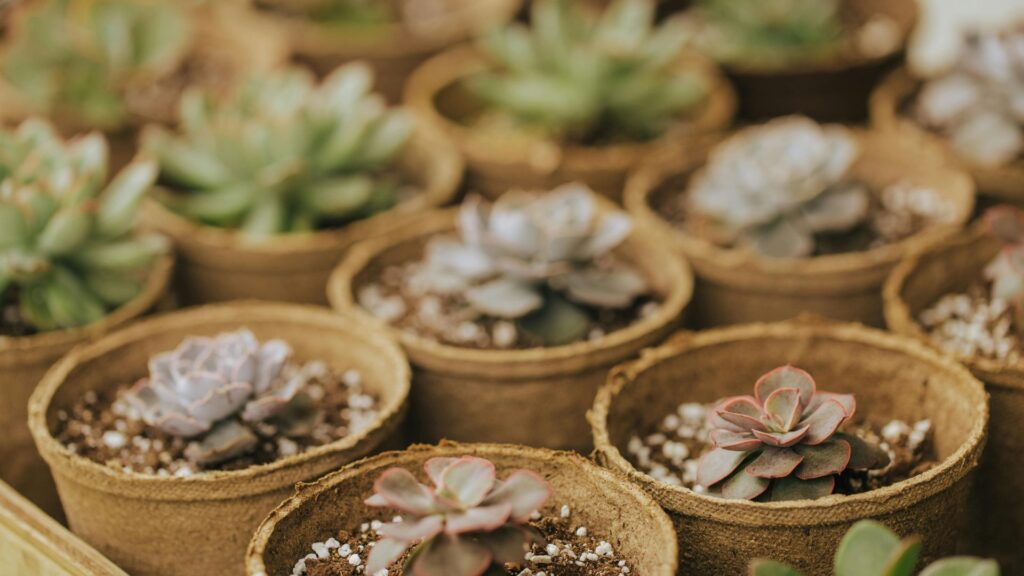From my perspective, choosing the right pot for house plants is not only essential for the baby plant’s health but also for its growth, as your plant really depends on it.
The right fit for your plant pot not only complements your home decor and garden but also provides a crucial environment for the plant’s roots.
Plants provide a substantial proportion of the world’s molecular oxygen. So, here is the perfect guide for your plant pot—just what you needed!
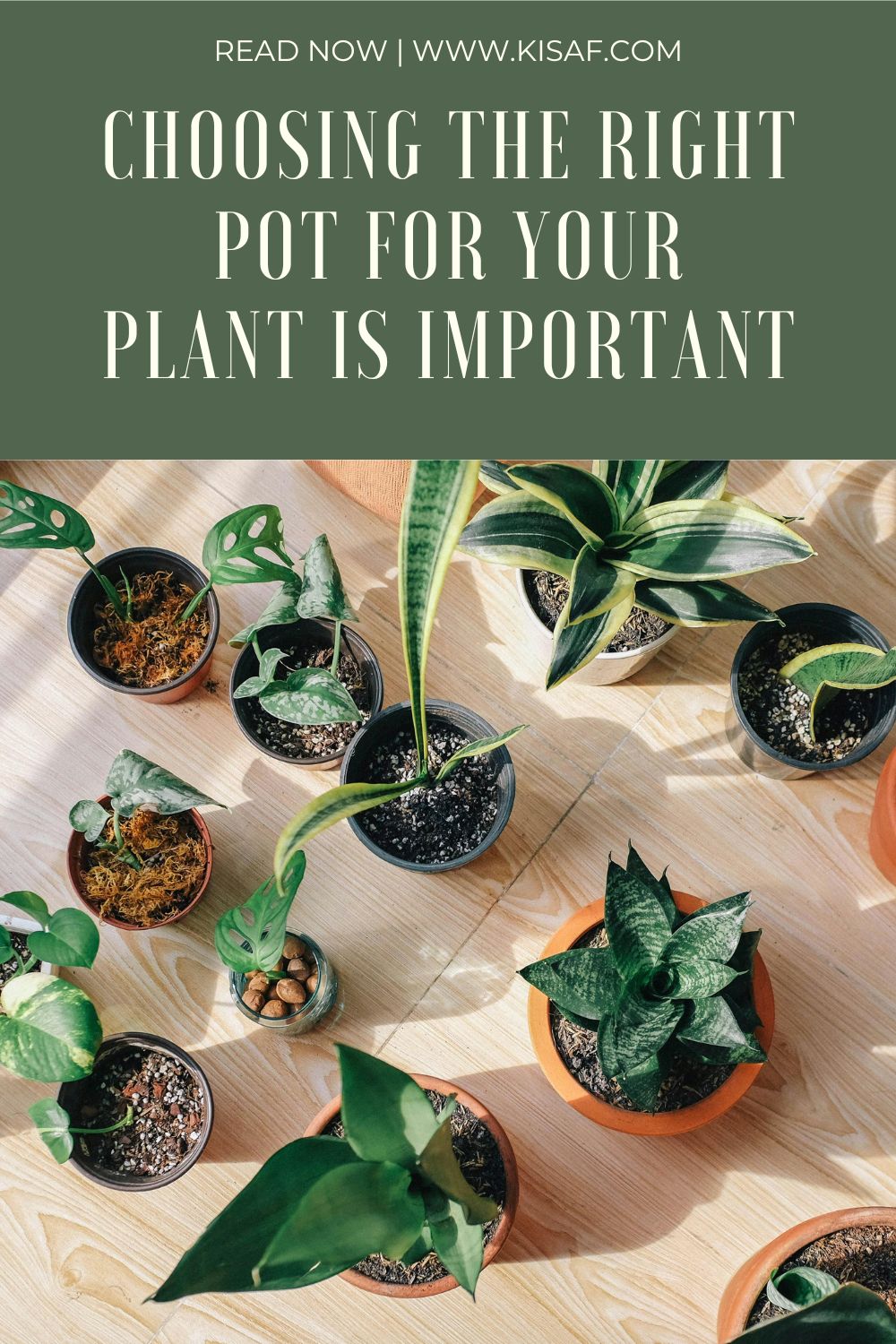
Choosing The Right Pot For House Plants
As you would have noticed, every plant has its own specific needs. These ‘needs‘ include water, light, soil, and space for growth, and pot choice is also one of them.
The pot you will choose should provide for these needs. Some plants require deep pots for their long roots, while others thrive in shallow containers, so it really varies from one to another.
Does Size Matters?
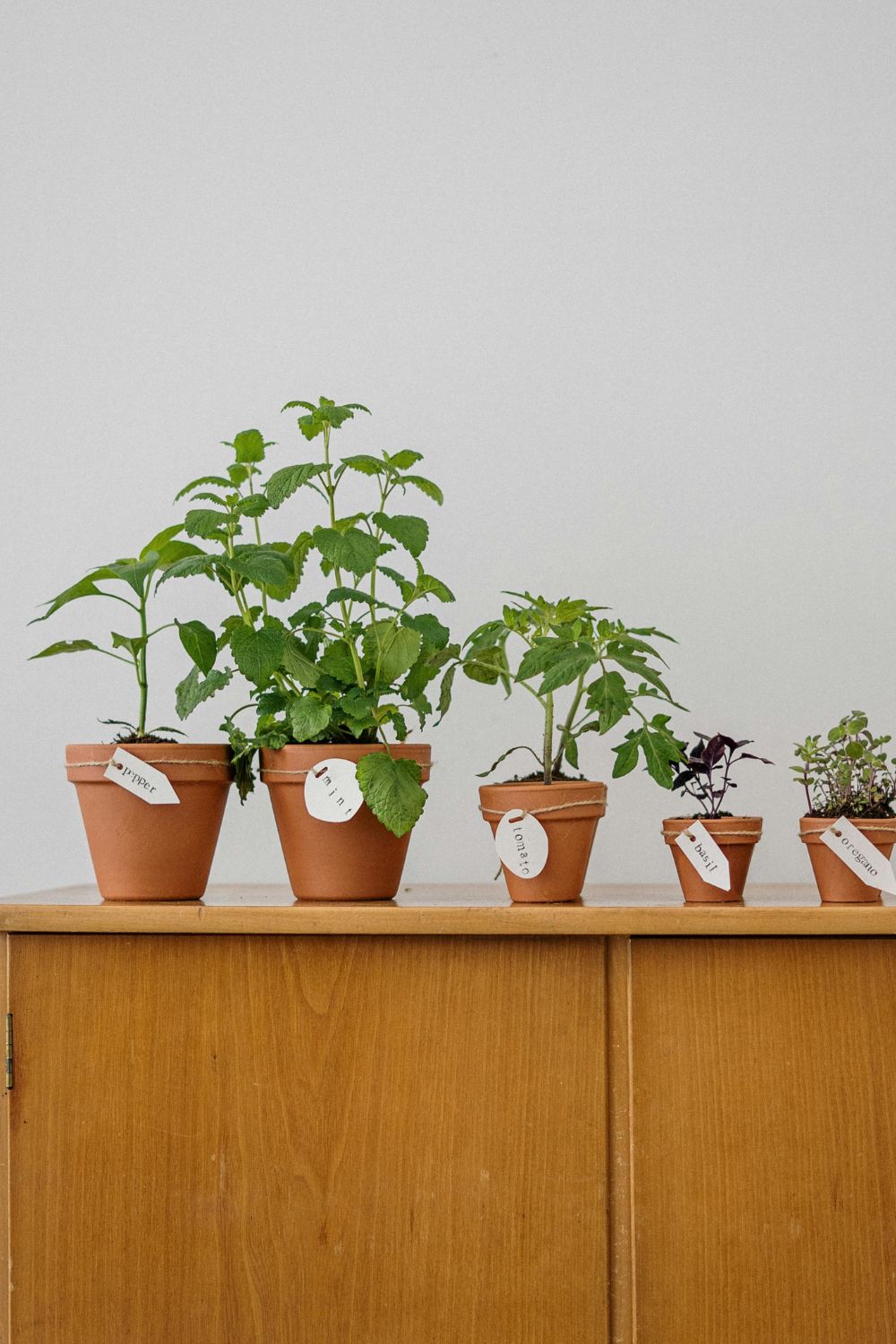
The first thing that one should see is the pot’s size. A pot that is too small will restrict root growth, leading to a stunted or dwarf plant, which we should avoid at all costs.
But rather, a pot that is too large can hold too much water and may even cause root rot, which is also something a plant owner should avoid. To simplify it for you, I’ve come up with a simple guideline:
- Small Plants: Use pots that are 1-2 inches larger in diameter than the plant’s root ball, which can give the “bonsai” effect. That looks really nice in my eyes. It requires less water, too.
- Medium Plants: Pots should be 2-4 inches larger in diameter. It should be a good option for plants that need a certain amount of space and soil-to-root ratio.
- Large Plants: Choose pots 4-6 inches larger in diameter. It means more room for plant roots to grow. Plants that have more roots are usually happier and healthier plants.
So always remember, when repotting, to select a pot that is slightly larger than the current one. It gives the roots room to grow without overwhelming them with too much space.
Drainage is Key
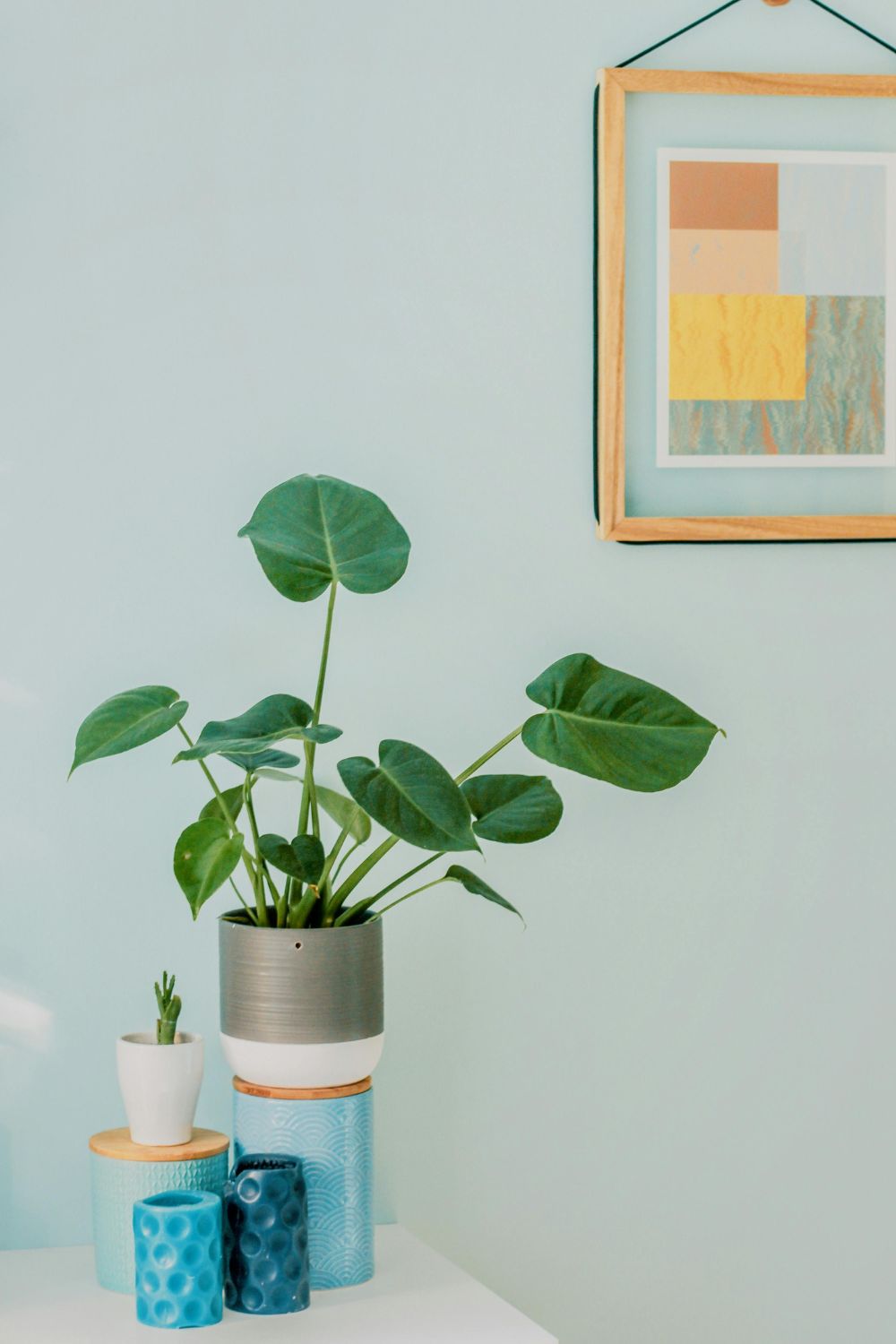
Drainage is one of the most critical aspects to look for in pot selection. Without correct drainage, water can pile up at the bottom of the pot, leading to root rot or even causing damage.
Always look for pots with drainage holes. If your preferred pot or the pot you are currently using doesn’t have them, consider adding holes yourself, as they are very important, or using it as a decorative outer pot with an inner pot that has drainage.
Amazon Product Recommendation
If you're planning to do indoor gardening then you must a nice concrete pot, so here is one for you.
Disclaimer: Commissions are earned if you make a purchase through these links at no extra cost to you.
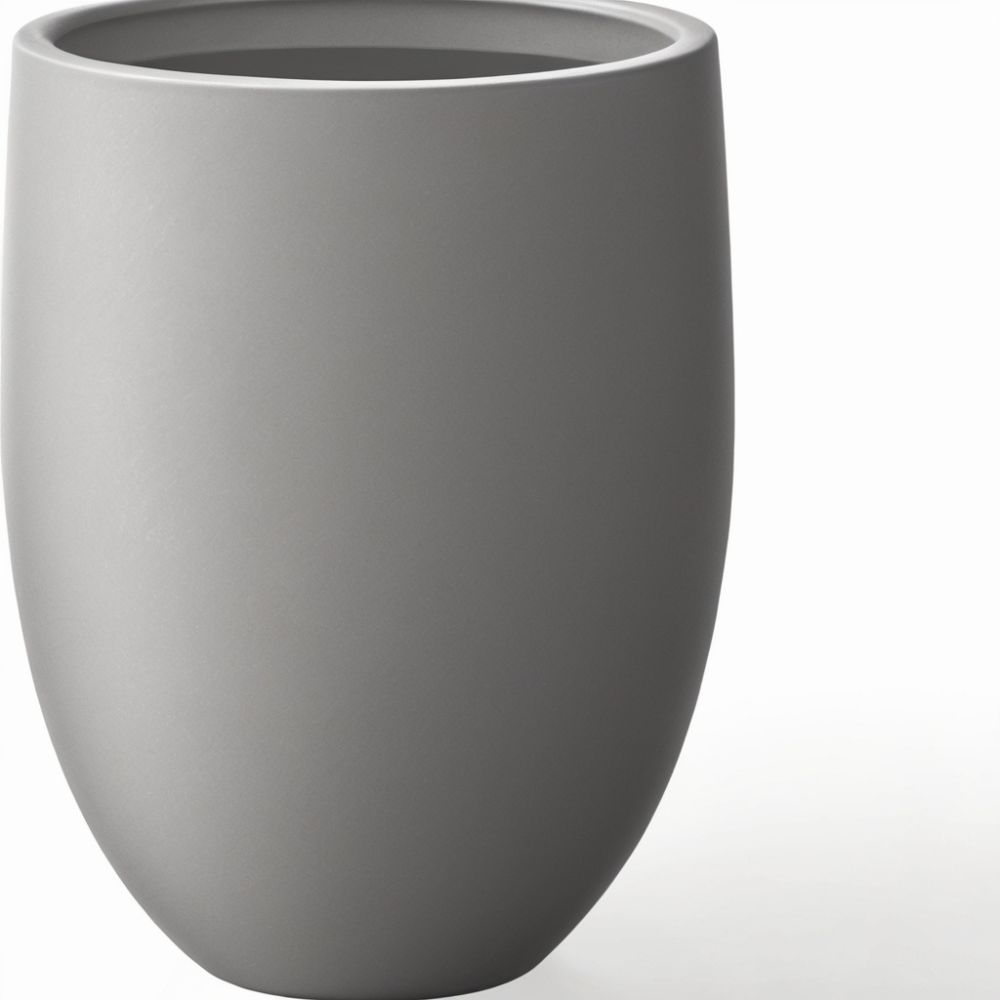
Material Options
Pots do come in various materials, each with its own benefits and disadvantages.These are the most common types:
1. Terracotta

Most pots are made of terracotta; terracotta pots are classic and popular. They allow air and moisture to move through the walls, and are a good option for succulents.
But there are some disadvantages too, like that they can dry out quickly and may not be suitable for plants that need consistently moist soil.
2. Plastic
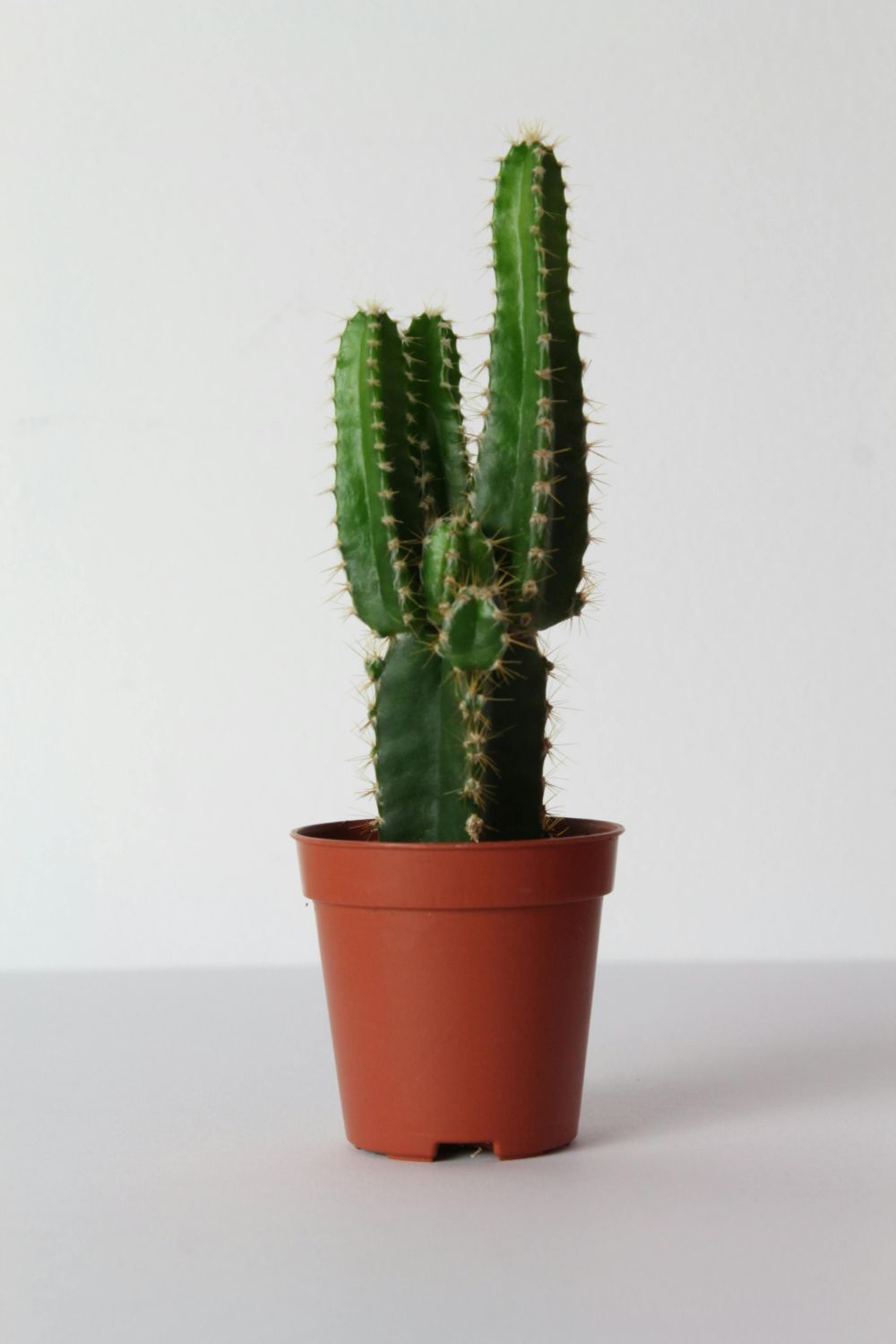
Plastic pots are lightweight, affordable, and come in a variety of colors and styles to make them visually appealing. They retain moisture longer than terracotta, making them suitable for plants that prefer consistent moisture.
Plastic pots are also durable and can withstand many weather conditions. However, they are less breathable, which can sometimes lead to overwatering, so my opinion is to make holes in them and avoid overwatering.
3. Ceramic
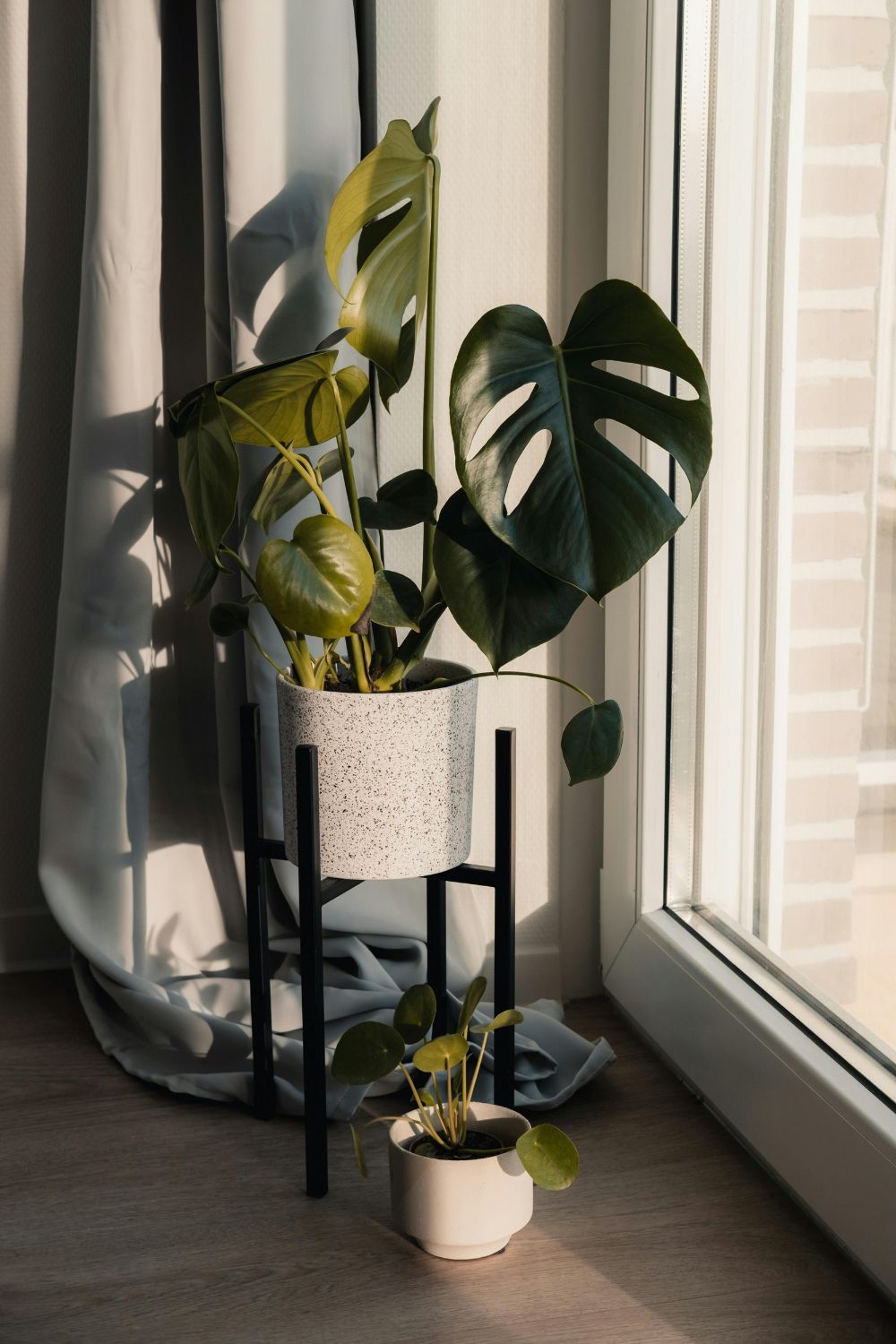
Ceramic pots are decorative and come in many styles, making them attractive. They provide excellent insulation for plant roots and are durable, with a long lifespan.
However, they can be heavy and may not offer adequate drainage unless specifically designed with drainage holes; if not, they may not be presented.
4. Metal
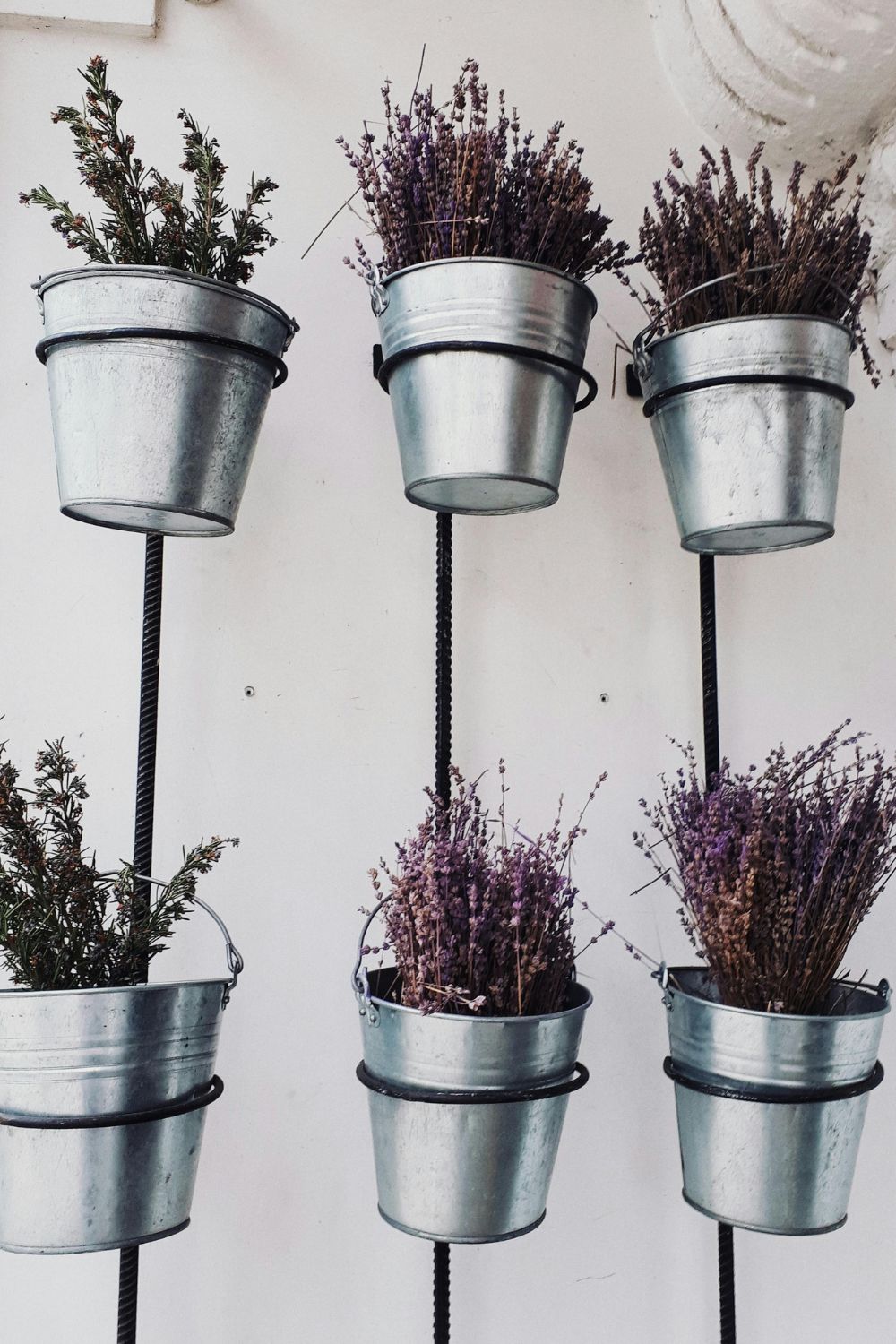
Metal pots are durable and stylish. They are often used as decorative outer pots. A plus point is that they are resistant to pests.
But the disadvantage is that they can heat up very quickly in direct sunlight, which might harm the roots and even damage our plant. They can also rust over time, which may affect both the plant and the pot’s appearance.
5. Fabric

Unlike ceramic pots, fabric pots are a newer option. They are breathable, allowing air circulation to the roots. They are also lightweight and easy to store when not in use.
However, they can dry out quickly and may need more frequent watering. It’s quite uncommon, but fabric pouts can cause damage by plugging up the little openings in the pot.
Style and Aesthetics

I mean, functionality is crucial, but the pot’s appearance also really matters, especially if it will be a prominent feature in your home. Consider the following:
- Color: Choose a color that complements your plant and home decor. I think using black pots could be a wise decision, as the black colour hides dirt.
- Shape: Its quite obvious that the pot’s shape should match the plant’s growth habit. Tall, narrow pots are great for plants with deep roots as they provide more area, while wide, shallow pots suit plants with shallow root systems.
- Design: Pots come in various designs, from modern to rustic. It would be a wise decision to select one that fits your style and your home decor.
Weight and Mobility
First, think about where you will place your plant, whether in the garden or somewhere indoors. If you plan to move it frequently, choose a lightweight pot.
In my opinion, heavy pots, like ones made from ceramic, or metal, are better suited for plants that will stay in one place.
If you need to move a heavy pot, consider using a plant caddy with wheels, as it won’t take much force to move.
Self-Watering Pots
You should consider self-watering pots, as they can be a great option for those who travel often or forget to water their plants.
These pots contain a reservoir at the bottom that allows the plant to absorb water as needed. They can help maintain consistent moisture levels but can be more expensive than traditional pots.
Environmental Impact
You’ll have to consider the environmental impact of the pots you are choosing. Terracotta and ceramic pots are natural and biodegradable.
Plastic pots, while durable, can contribute to plastic waste. Look for pots made from recycled materials or consider repurposing containers as plant pots.
Potting Tips
Once you’ve chosen the right pot, here are a few potting tips to ensure your plant thrives:
- Use the Right Soil: Different plants need different soil types. Succulents need a well-draining mix, while tropical plants might need soil that retains moisture.
- Don’t pack too tightly. Ensure that the soil isn’t closely packed. Fill the pot loosely with soil and gently firm it around the plant.
- Water Thoroughly: After potting, water the plant thoroughly to help settle the soil and remove air pockets.
Common Mistakes to Avoid
Even with the right pot, mistakes can happen. Here are some common ones:
- Overpotting: Choosing a pot that’s too large can lead to overwatering and root rot.
- No Drainage: Using pots without drainage holes can cause water to stagnate and harm the plant.
- Inappropriate Material: Not considering the material’s properties can affect plant health, like terracotta dries out quickly.
Conclusion
Choosing the right pot for your house plant involves balancing with aesthetics and functionality. Consider the plant’s needs, the pot’s material, size, and drainage capabilities.
By selecting the right pot, you not only enhance your home’s decor but also provide a healthy environment for your plants to thrive.

